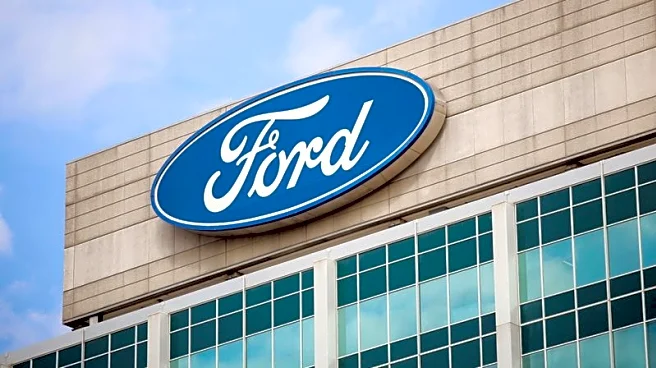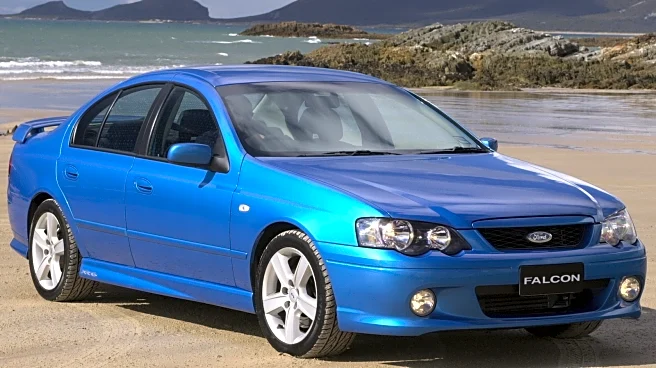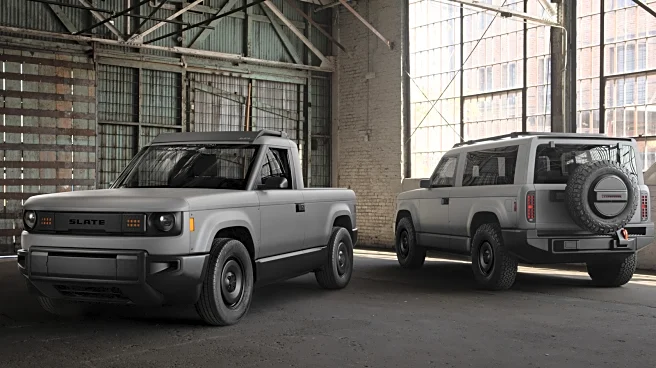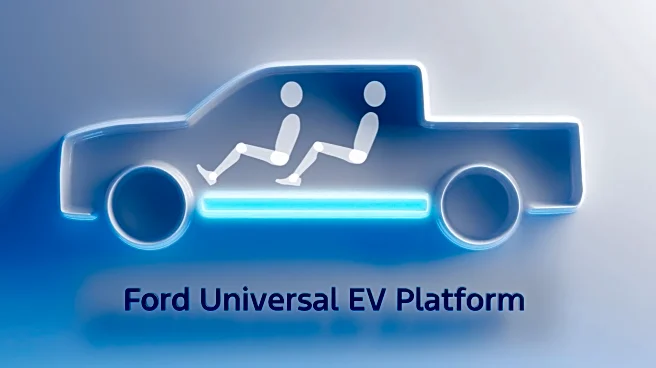
When Ford told us its upcoming announcement would mark the automaker's "next Model T moment," we didn't know exactly what to expect, but we did know it would be something electric. Presumably, it would also be something affordable, but just how affordable were we talking? Would it be a sedan? Another crossover? A truck? Well, today is the big day, and as it turns out, the reveal of what Ford is calling the Universal EV Platform and Universal EV Production System means the answer will likely be "all
of the above." But the first vehicle we'll see is a mid-size electric truck.
According to Ford, the still-yet-unnamed four-door truck will have "a targeted starting price of about $30,000" and go on sale in 2027. It will also have more passenger space than the new Toyota RAV4, not counting the bed or the frunk space, and accelerate just as quickly as the four-cylinder Mustang. That likely means a sub-five-second 0-60 mph time. Expect it to also offer a lockable tonneau cover, as well, to keep whatever you toss in the bed safe. It'll also be built at Ford's Louisville Assembly Plant and allegedly offer a lower cost of ownership than a Tesla Model Y.
Exact pricing and other specs won't be revealed until a later date, so we still don't know what kind of range this truck will have, but we do know it will use lithium iron phosphate batteries that are both nickel and cobalt-free. That should be better for the planet, but according to Ford, it's also better for manufacturing and ownership, since the battery pack can be lighter and smaller, freeing up more space for passengers and reducing vehicle weight. Plus, they should be cheaper to build and also last longer than the traditional batteries used in EVs.
Read more: 2025 Cadillac Optiq May Finally Be The Car To Attract Young Buyers
More Than Just A New Platform

From the sound of it, the new Universal EV Platform and Universal EV Production System are actually pretty big steps forward, too. Ford says the new platform uses 20% fewer parts compared to a typical vehicle and 25% fewer fasteners, while assembly requires 40% fewer workstations and can be completed 15% faster. The wiring harness on the new truck will also be 4,000 feet shorter and 22 pounds lighter than the one found in the Mach-E. Part of reducing that part count is Ford's use of large, single-piece aluminum castings, which eliminates the need to weld a bunch of smaller parts together and will allow Ford to assemble the front and rear of the truck separately.
That process will also allow Ford to build its upcoming truck on three different sub-assembly lines instead of one giant one, and according to Ford, the new assembly lines also improve ergonomics for workers. That will allow it to build vehicles 40% faster, although Ford says some of that saved time will be reinvested elsewhere to improve quality and reduce cost, which will still net a 15% faster total assembly time.
It all sounds great, but we're still going to have to see the final specs and also actually drive the new truck before we have any idea how successful (or unsuccessful) Ford's actually been here. It's easy to talk a big game, but it's a lot harder to deliver the first in a series of vehicles that you claim qualifies as your "next Model T moment." After all, remember how much Infiniti talked about how important the launch of the Infiniti QX50 was, only to launch an underwhelming product that failed to meet the moment?
Ford Still Has To Deliver

For now, though, we'll allow Ford to talk itself up, especially since this is ultimately a $5 billion investment in its future that could provide thousands of jobs. In a statement, Ford President and CEO Jim Farley said:
We took a radical approach to a very hard challenge: Create affordable vehicles that delight customers in every way that matters – design, innovation, flexibility, space, driving pleasure, and cost of ownership – and do it with American workers. We have all lived through far too many 'good college tries' by Detroit automakers to make affordable vehicles that ends up with idled plants, layoffs and uncertainty. So, this had to be a strong, sustainable and profitable business. From Day 1, we knew there was no incremental path to success. We empowered a tiny skunkworks team three time zones away from Detroit. We tore up the moving assembly line concept and designed a better one. And we found a path to be the first automaker to make prismatic LFP batteries in the U.S."
The LFP batteries, especially, sound like they have a lot of potential, and a $30,000 electric truck would be a big deal, but now it's time for Ford to actually deliver on these big promises. Especially the part where it insists quality will improve, since it's been having a hell of a time with recalls lately. The Mach-E was a solid start, and the new truck sounds promising, but will it actually sell? And what about the other vehicles Ford plans to build on the new platform? Hopefully, we at least get an answer to some of these questions soon.
Want more like this? Join the Jalopnik newsletter to get the latest auto news sent straight to your inbox...
Read the original article on Jalopnik.













